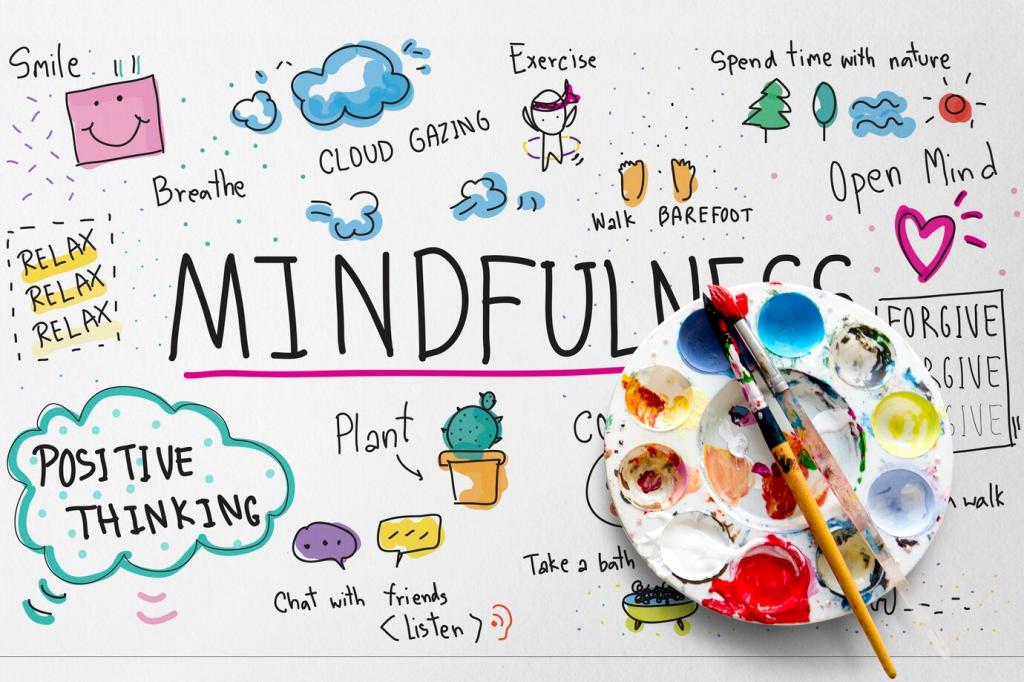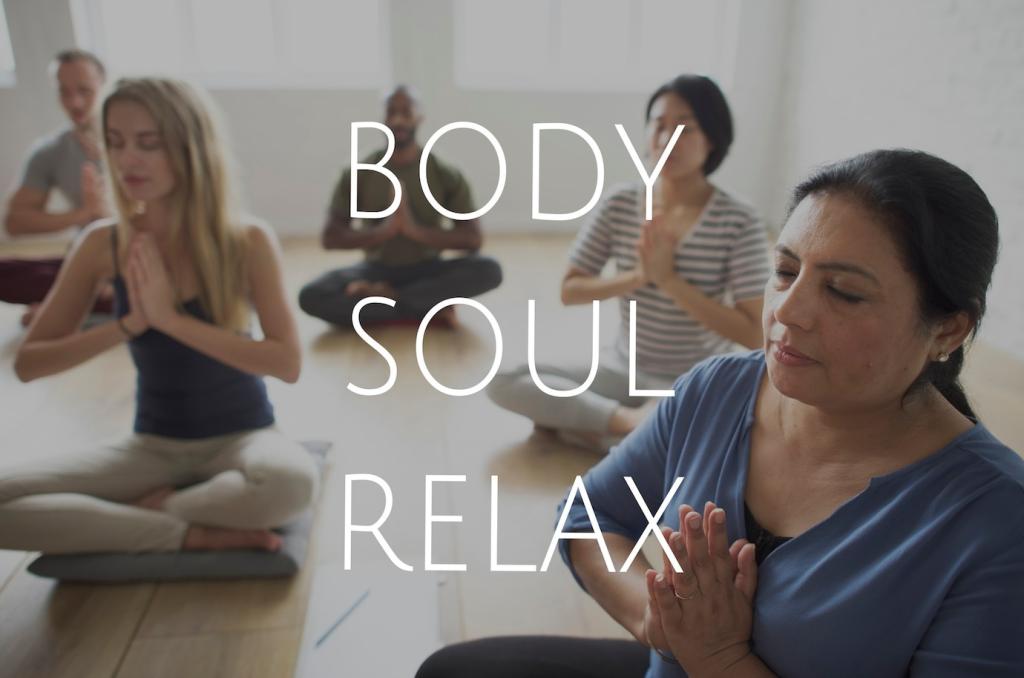Find Your Calm: Guided Meditation for Stress Relief
Today’s chosen theme: Guided Meditation for Stress Relief. Step into a quiet pocket of your day and discover how gentle, step‑by‑step guidance can soften tension, slow racing thoughts, and reconnect you with steady breath. Subscribe for weekly practices, share your reflections, and breathe with a community that supports you.
The neuroscience of calm
When a steady voice cues your breath and attention, your prefrontal cortex gets a job it can handle, while the amygdala quiets. Parasympathetic activation lowers heart rate and cortisol. Have you noticed this shift? Tell us below and help others recognize their own early signals of easing.
The body’s relaxation response
Guided suggestions invite longer exhalations, signaling the vagus nerve to release tension and restore balance. Within minutes, hands feel warmer as blood vessels dilate, digestion resumes, and shoulders soften. Track your time-to-calm this week and comment your average; your notes might encourage someone just beginning today.
A commuter’s story: the subway breath rescue
Maya used a three-minute guided track between stations, following prompts to count four in, six out. By arriving breath-first, she watched panic loosen its grip before her stop. Have your own everyday victory? Share it, and consider subscribing for short, situational guides you can use anywhere.
Setting Up Your Space for Guided Ease
Light and sound that soothe
Choose soft, indirect light and a soundscape that whispers, not shouts: gentle music or a neutral fan. Silence notifications, set a kind timer, and tell your household you’re off to breathe. Post a photo of your setup and tag our community, or comment with your favorite calming detail.


Posture that feels like support
Sit on a cushion or chair with hips slightly higher than knees, chest open, jaw ungripped. Rest hands where shoulders don’t need to work. Comfortable alignment keeps the guide’s words in focus. What posture helps you stay present? Share your approach so others can experiment safely and kindly.
Breathwork You Can Trust
Box breathing in four corners
Inhale four, hold four, exhale four, hold four—repeat gently for two to three minutes. The even structure steadies wandering thoughts and invites rhythmic calm. If holding feels edgy, shorten the pauses. Tell us which corner felt easiest, and save this pattern for meetings, commuting, or bedtime transitions.
Extended exhale to settle
Inhale for four, exhale for six to eight, letting shoulders melt on the out-breath. Longer exhales cue the vagus nerve to ease heart rate. Start modestly and lengthen only if comfortable. Notice your sighs becoming spontaneous. Comment your preferred ratio and subscribe for guided audio you can follow.
Counting with a quiet mantra
Pair breath counts with a reassuring phrase: “Here” on inhale, “Now” on exhale. The guide’s voice keeps pace so you can rest in repetition. If the mind wanders, begin again kindly. Which words help you soften? Share them; your mantra might become another reader’s steadying anchor tonight.
A 7‑Minute Guided Meditation Script for Stress Relief
Minutes 0–2: Arrive and befriend the breath
Find your seat, notice contact with floor and chair, then let the breath be simple, unforced. The guide invites you to feel air at the nostrils and the soft rise of the belly. If thoughts crowd in, name them gently: planning, remembering, judging. Then return to one easy inhale.
Minutes 2–5: Scan and soften
Following prompts, sweep attention from forehead to toes. Wherever tension appears, exhale as if warm air could melt it a little. No fixing, only friendliness. If you discover a tight jaw or clenched hands, loosen by two percent. Tell us which area softened first; your note helps others notice.
Minutes 5–7: Release, reassure, and re‑enter
The guide offers a closing phrase—“Enough for now.” Place a hand on your chest, feel the rhythm, and set one gentle intention for the next hour. Open your eyes slowly. Before you move on, write a one‑sentence takeaway in the comments and subscribe to receive this script as audio.



Make Calm a Habit You Keep
Start tiny and celebrate
Two minutes a day beats twenty once a week. Let your guide mark a gentle finish, then celebrate: a checkmark, a stretch, a smile. Small wins wire motivation. What’s your minimum doable dose? Share it, and invite a friend to join you for an accountability week of micro‑meditations.
Stack practice onto cues
Attach your session to reliable anchors—after coffee, before lunch, or right when you park the car. The guide becomes part of the cue. Comment your chosen anchor, and notice how fewer decisions reduce stress. Subscribe for a habit tracker and reminders timed to your favorite practice window.
Review and refresh monthly
Every few weeks, reflect: Which guidance styles helped most? Morning or evening? Short or long? Adjust kindly. Share your month’s insight in the community thread so others can learn from your experiments, and request a custom playlist; we’ll curate tracks aligned with your stress‑relief patterns.

